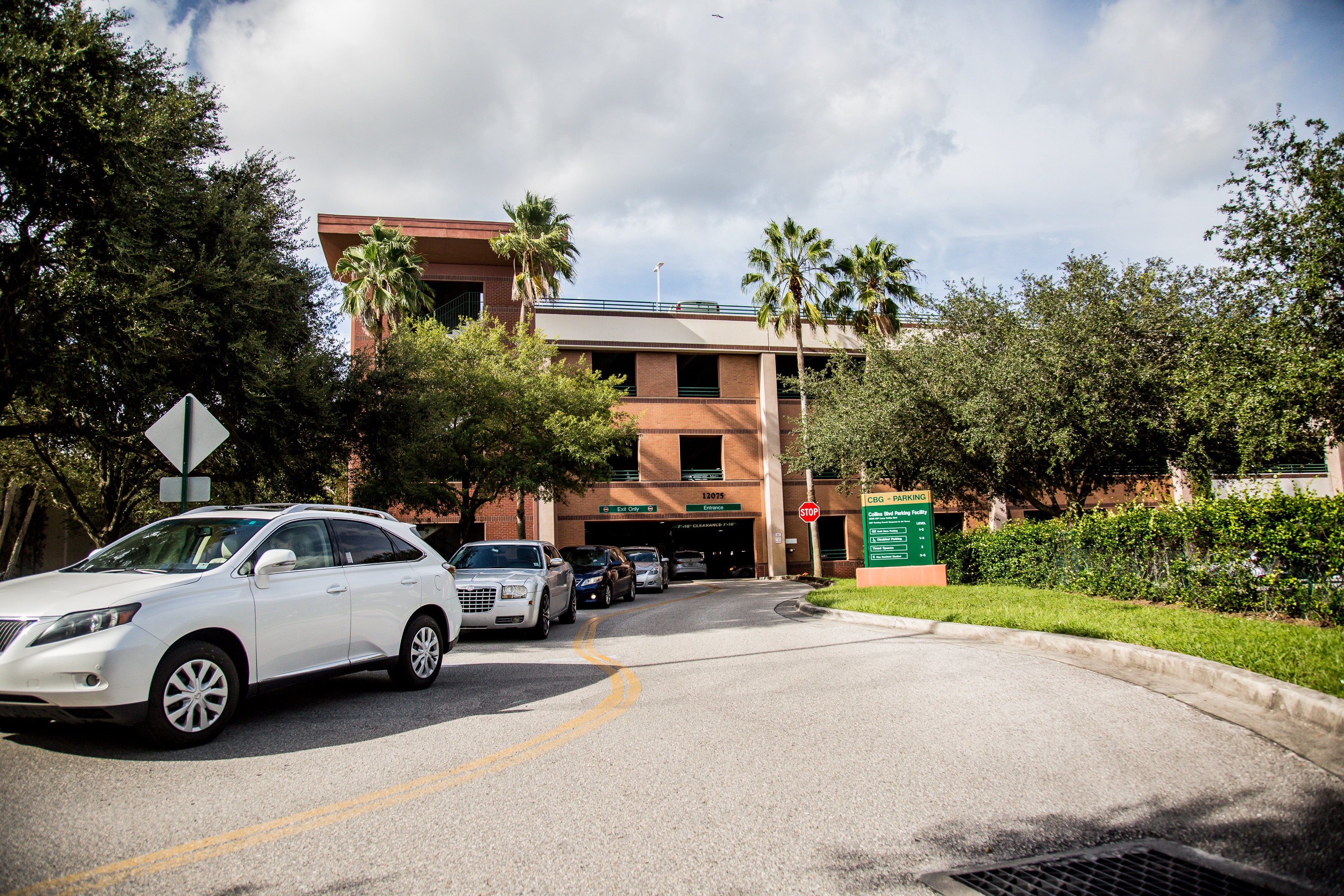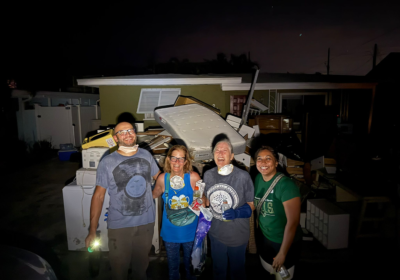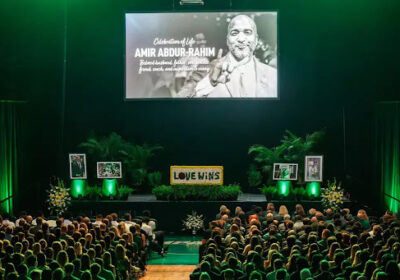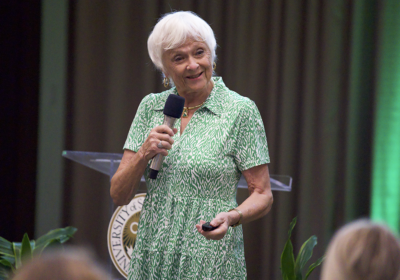Safety of on-campus bike lanes evoke mixed reactions from students

Sophomore biomedical sciences major Tara Yount said that as a commuter, the lack of bike lanes and the questionable safety of them presented a problem for her when driving around campus.
“We [as drivers] have to go around them,” she said.
“It is a safety issue because we could hit them, and they could get injured, or we could swerve out of the way and hit another vehicle or person on the sidewalks.”
In the past six months, there have been two occurrences of bicycles being involved in traffic accidents on the Tampa campus, according to Associate Director of Communications Aaron Nichols.
“Both [incidents] occurred at crosswalks at intersections. One occurred in August at Leroy Collins Boulevard and Apple Drive. The other occurred in November at Laurel Drive and Palm Drive. In both cases, the bicyclists involved experienced ‘non-life-threatening injuries,’” Nichols said.
Not all students feel that the lack of dedicated or safe bike lanes on campus presents a real challenge or dilemma.
Studio art major Victoria Mercado Lewis said she has been riding her bike on campus since her freshman year. She said while a lack of bike lanes might present challenges to some people, adding more dedicated bike lanes is not going to address the problem.
“I’ve never had a near miss with somebody because I go slow…If somebody’s walking slow in front of you just go over to the side and make your way around them.”
“[I don’t think that bike lanes] would solve this issue because people are gonna walk where they want to walk,” Mercado said.
Bicycle lanes are provided on roadways or pathways throughout campus, according to Nichols.
On the Tampa campus, Nichols said bicycle lanes are scattered throughout one or both sides of sections of Magnolia Drive, Leroy Collins Boulevard, Beard Drive, Holly Drive, Genshaft Drive, Palm Drive, Alumni Drive, Elm Drive, Laurel Drive and Willow Drive.
Additionally, there are markings on all public roads around the campus bike path in Fowler Avenue, Bruce B. Downs Avenue, Fletcher Avenue and 50th Street, he said.
Bike riding is extremely common on college campuses, with over 47% of commuter students reporting riding bikes to campus, according to the American College Health Association. As a result, many college campuses have resorted to creating Bicycle Advisory Committees to guide the development of their bicycle plans, according to Alta Planning + Design.
The University of Florida reportedly faces a similar struggle, with few bike lanes and a need for protective barriers, according to the Gainesville Sun. Students largely have to bicycle on pedestrian sidewalks, meaning bicyclists encounter both vehicular and pedestrian traffic when navigating campus, according to the article.
USF sees high biker traffic on campus, according to Nichols. The University Master Plan is a comprehensive document developed and maintained by planners, architects and engineers within Facilities Management with input from a wide variety of campus departments, individual stakeholders and area experts. Nichols said it is an outline that includes the proposal of additional bicycle lanes.
Current University Policy provides for the establishment of bicycle lanes concurrent with the construction of other planned roadway improvements, such as widening roads and new roadway construction. Such improvements are sometimes completed in small segments. As a result, some existing bicycle lanes on campus abruptly end at a midblock location, according to Nichols.






